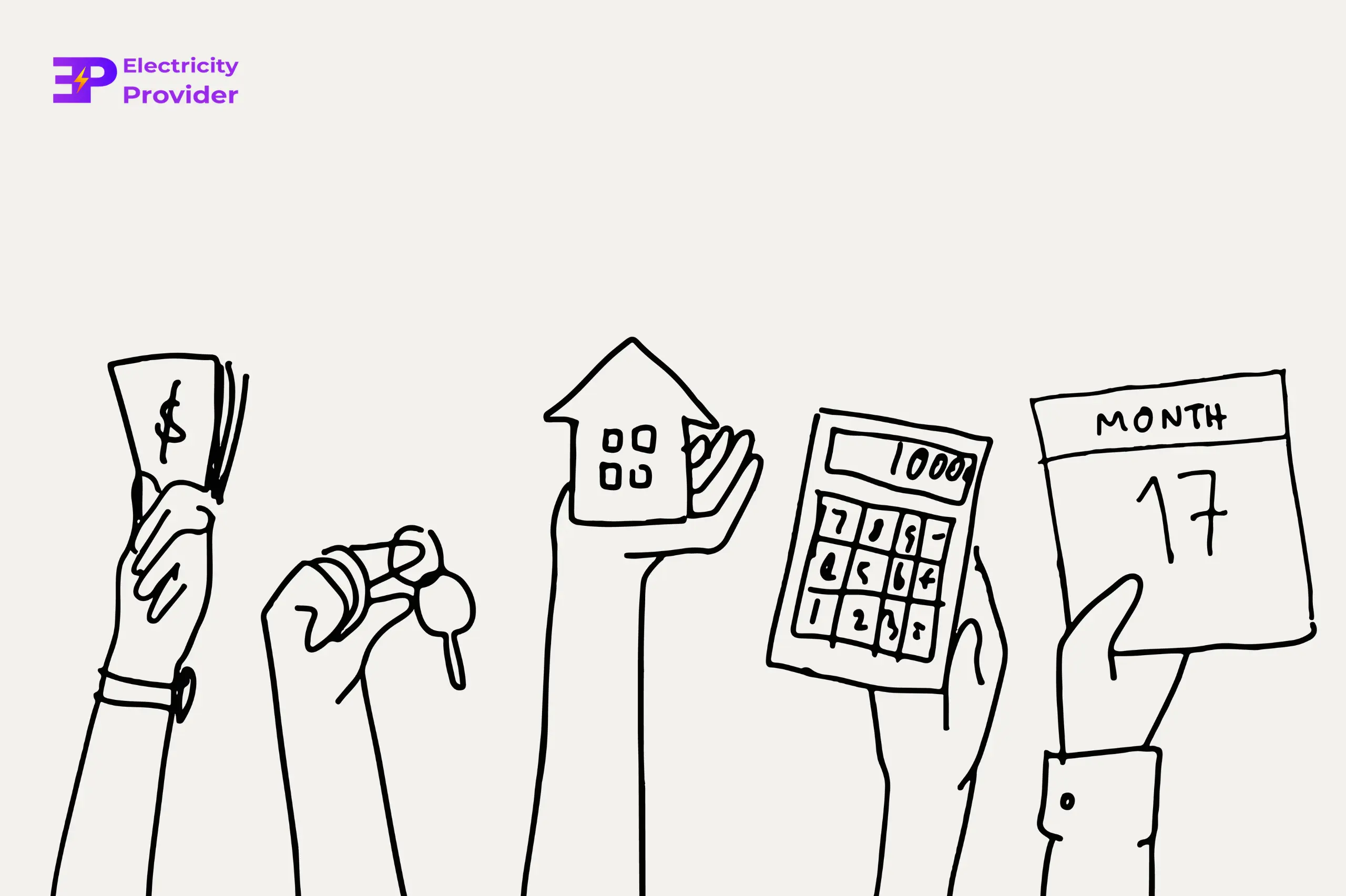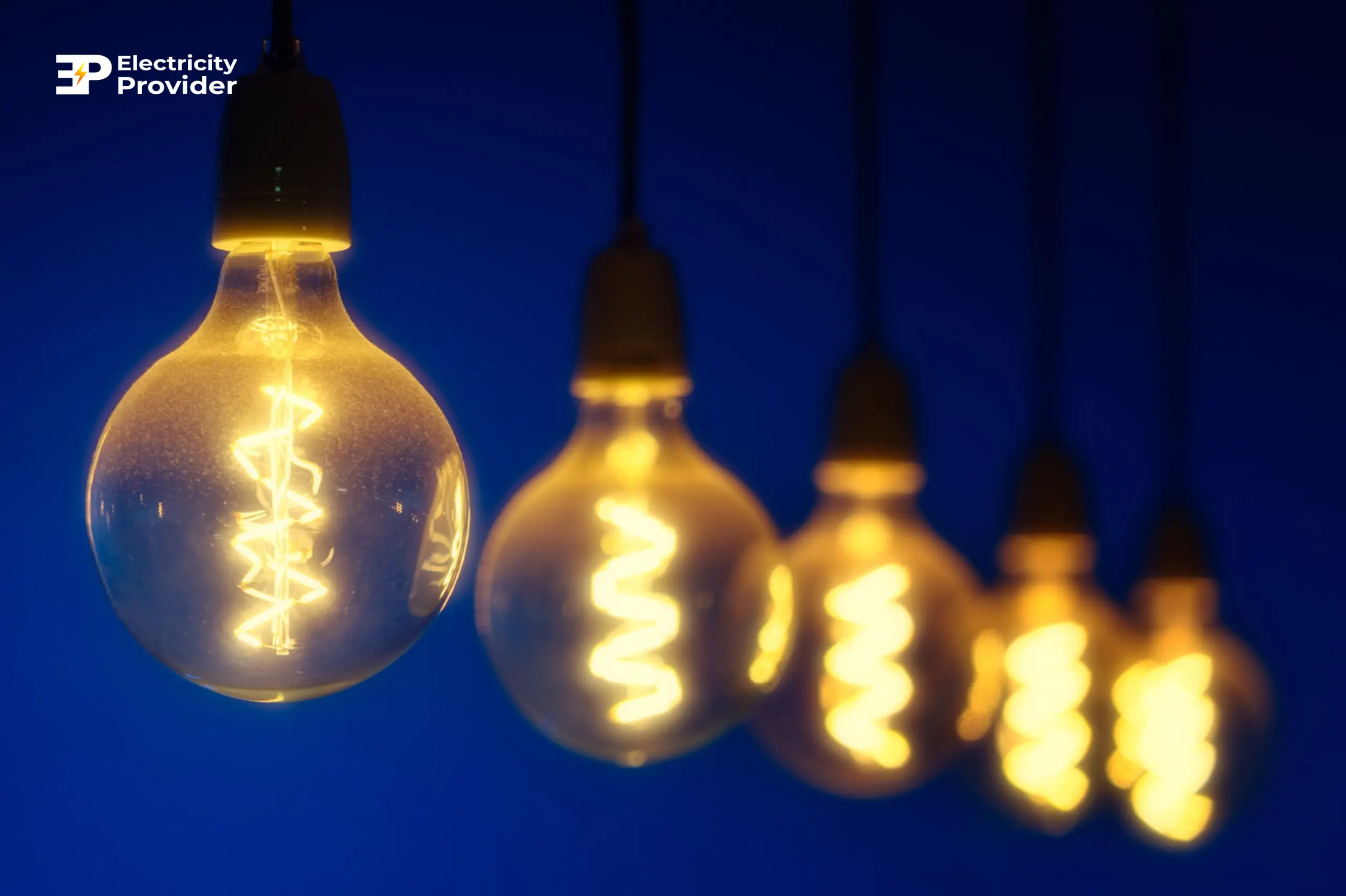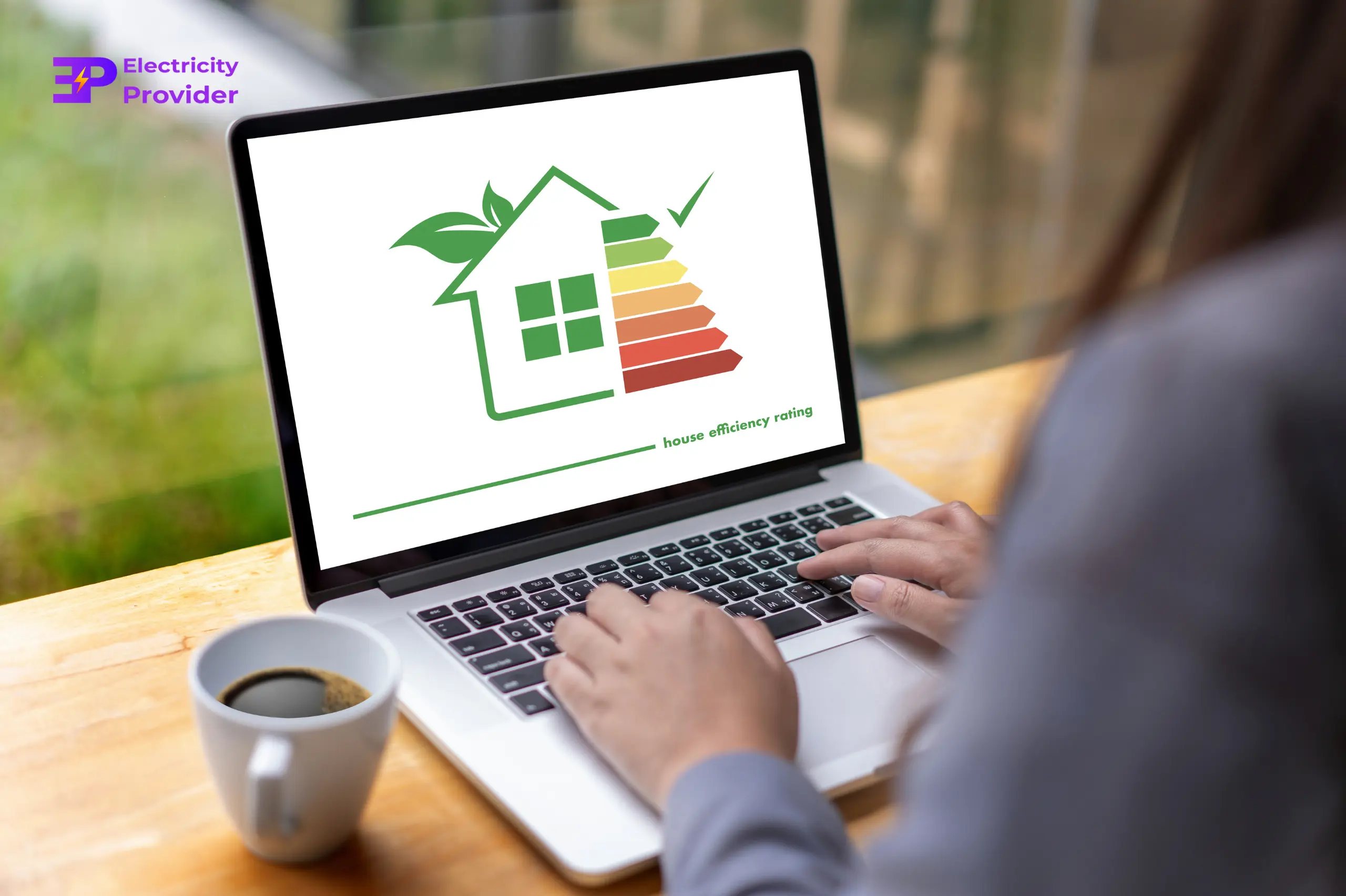Learn how the 2025 electricity DMO affects bills in NSW, QLD, and SA. Discover price drivers and compare electricity tariffs to lower costs now.

Published on
By Pallav Verma
Energy Comparison
Energy prices in Australia have been on a steady incline, and for many households and small businesses, the cost of living pressures are becoming harder to ignore. With the Default Market Offer (DMO) set for the 2025–26 fiscal year, it’s crucial to understand what this means for your electricity bills, particularly in regions like New South Wales (NSW), South East Queensland (SEQ), and South Australia (SA).
This article breaks down the DMO changes and their impact, explains the driving factors behind rising costs, and provides actionable steps to help you stay on top of your energy expenses.
If you're unfamiliar with energy jargon or just want to make better decisions, rest assured—we've got you covered.
Note: This information is general in nature and does not consider your personal circumstances. Please seek independent advice before making energy-related financial decisions.
The Default Market Offer (DMO) serves as a price cap for electricity tariffs, ensuring that no consumer on a standard retail plan pays outrageously high rates. Set by the Australian Energy Regulator (AER), the DMO provides a stable benchmark for comparing electricity prices across providers, empowering you to find fair deals. While this offer guarantees consumer protection, any hikes in DMO pricing translate into tangible cost increases for Australian households and businesses.
Starting 1 July 2025, this update is a key player in shaping power costs in the affected states.
Key Takeaways About the DMO
The revised DMO comes with varied increases depending on your location and energy usage, covering consumption ranges of 3,900–7,000 kWh annually.
Here’s a snapshot of the changes across the major regions covered by the DMO:
|
State |
Distributor |
2025–26 Price (AUD) |
Annual Increase (AUD) |
% Nominal Change |
% Real Change |
|
NSW |
Ausgrid |
$1,965 |
+$155 |
+8.6% |
+6.2% |
|
NSW |
Endeavour Energy |
$2,411 |
+$188 |
+8.5% |
+6.1% |
|
NSW |
Essential Energy |
$2,741 |
+$228 |
+9.1% |
+6.7% |
|
SE QLD |
Energex |
$2,143 |
+$77 |
+3.7% |
+1.3% |
|
SA |
SA Power Networks |
$2,301 |
+$71 |
+3.2% |
+0.8% |
*Real percentages account for inflation, with Consumer Price Index (CPI) set at 2.4%.
Finding these numbers concerning? Comparing electricity charges could be your first step toward cost savings. Use tools like ElectricityProvider to explore your options today.
If you operate a small business, brace yourself for steeper increases. With an annual energy use ranging from 10,000–20,000 kWh, the rise in DMO benchmarks can significantly impact operational budgets.
|
State |
Distributor |
2025–26 Price |
Annual Increase (AUD) |
% Nominal Change |
% Real Change |
|
NSW |
Ausgrid |
$4,977 |
+$365 |
+7.9% |
+5.5% |
|
NSW |
Endeavour Energy |
$4,775 |
+$353 |
+8.0% |
+5.6% |
|
NSW |
Essential Energy |
$6,222 |
+$489 |
+8.5% |
+6.1% |
|
SE QLD |
Energex |
$4,294 |
+$33 |
+0.8% |
–1.6% |
|
SA |
SA Power Networks |
$5,541 |
+$189 |
+3.5% |
+1.1% |
These changes underline the importance of periodic power rates comparison for small businesses, particularly for energy-heavy industries.
Source: AER – Default Market Offer prices 2025–26: Final determination, 26 May 2025, Table 2.1.
To understand these price hikes, we need to explore the factors driving these changes. The 2025–26 DMO rises aren’t arbitrary; they reflect deeper cost adjustments within the energy market.
Key Drivers
Rather than letting the upcoming DMO changes dictate your energy expenses, Australian consumers have options. Simple, proactive steps can help ease cost pressures.
Switching energy plans remains one of the most effective ways to save. Online platforms like ElectricityProvider.com.au make it easy to compare electricity and find competitive deals tailored to your specific energy usage.
Through the Energy Bill Relief Fund, eligible households received $300 off their bills in 2024–25, and a new $150 credit is being rolled out from 1 July 2025, split across two instalments. Eligible small businesses may also receive $150 in support.
No need to apply—if you qualify, the discount is applied automatically to your power bill.
Source: energy.gov.au
Energy providers often offer hardship programs to customers struggling with high utility bills. Explore these as a fallback option for temporary relief.
Households on time-of-use plans can reduce costs by shifting high-energy activities to off-peak windows.
Electricity price rises are adding to broader cost-of-living pressures. For the average household in NSW (Essential Energy region), this means an estimated $228 increase in annual electricity costs from 1 July 2025 an uplift of 9.1% compared to last year’s Default Market Offer.
While SE Queensland and SA have smaller projected hikes, households with lower incomes or higher energy needs are particularly vulnerable. To combat this, consider exploring all discount options or switching to a longer-term fixed-rate plan for stability.
Don’t wait for price hikes to impact your budget. By understanding the DMO, its changes, and their driving forces, you can make informed decisions to manage your electricity costs instead of feeling powerless against them.



